|
Invertebrate Tips Many people believe that invertebrates are only for mini or micro-reef tanks. Not so. There are quite a few invertebrates that do well in non-reef tanks. However, not a lot of invertebrates should be attempted by inexperienced saltwater fish keepers. Below is a brief summary of the more hardy invertebrates available to aquarists. Invertebrates are very sensitive to water quality. Signs of stress due to poor water quality will usually be exhibited first by invertebrates. Therefore, shrimps, anemones and other invertebrates should never be used to cycle a tank. Moreover, you should never add an invertebrate to a diseased tank or a tank which does not have stable water quality parameters (e.g., pH, temperature, etc.). Other points to note. Shrimps need iodine to properly molt, as well as calcium . If you do not change water regularly (which you should), or if you do not feed live or frozen food frequently, then you may need to supplement your water with iodine. Without proper levels of iodine, shrimps will not molt properly and will most likely die. Also, copper kills invertebrates at much lower concentrations than fish. If you have ever used copper in your tank, DO NOT put invertebrates into the tank. You will never be able to adequately remove all the copper such that you can keep invertebrates alive and happy. Finally, crabs usually outgrow their shell sooner or later. Therefore, you will need to provide a new larger shell (they usually try a few out before sticking with one, so you will probably need at least a couple).
Fish and invertebrates together? Many hobbyists desire to keep a mixed collection - with both fish and invertebrates in the same aquarium. While such a display can certainly be very beautiful (especially with symbiotic species like Anemones and Clown Fish), there can be problems involved. The most effective treatments for saltwater "ich" also kill invertebrates. Apparently, the cell structures are similar enough between parasites and invertebrates that the reactions to chemicals are quite the same. Since the treatment/removal time for "ich" medications is at least four weeks (please see "Treating Saltwater Ich"treatment information elsewhere in these pages), the unfortunate hobbyist is often forced to sacrifice either the invertebrates by moving them to another tank (if one is available) or the fish by risking ineffective treatment. To further complicate matters, salt water invetebrates are suspected of being "carriers" of "ich", and since a suitable treatment has yet to be utilized, suppliers cannot guarantee that invertebrates are free of these parasites. The novice saltwater hobbyist is advised to weigh the risks of the mixed collection against the obvious benefits and to make plans accordingly. Freshwater dips and quarantine tanks can reduce the chances of newly acquired specimens introducing disease to an established aquarium. Low fish population density (few fish in a large tank as in the currently popular "reef" type aquariums) may reduce epidemic outbreaks and allow fish to deal with parasites in their natural manner. It is hoped that new advances in disease treatment and a better understanding of parasite control will lead to a higher degree of success with mixed collections. The information in this guide is based on aquarium literature, personal
experience and customer feedback. Exceptions are always possible, but these guidelines should give a basic understanding of the normal behavior of aquarium specimens. Many factors, including tank size, water quality, available hiding places, and even the order in which specimens are added, can affect compatibility.
1 Comment
Acrylic Aquarium Care
Your acrylic aquarium will provide a life time of enjoyment of your aquatic display. A fish tank built from acrylic is attractive because acrylic's their unique properties of clarity, strength, and versatility. However, acrylic aquariums do require care during maintenance and cleaning. The following are some recommendations for maintaining your acrylic aquarium to provide a life time of enjoyment. Supporting an Acrylic Aquarium. ALWAYS use a solid surface to support your acrylic aquarium. Use of a perimeter support stand will lead to sagging and undue pressure on the seams. Use of a perimeter stand will void your Tenecor Warranty. Cleaners DO NOT use any product which contains AMMONIA, ALCOHOL, or ABRASIVES, such as Windex, Comet, Ajax, or other commercial cleaners when cleaning an acrylic aquarium. Use of such cleaners will cause the acrylic to permanently lose it's clarity. A soft cloth and water, or a polish made specifically for acrylic, should be used for cleaning. DO NOT expose your acrylic fish tank to paints, varnishes, turpentine, or their fumes. Exposure to these chemicals will cause crazing and loss of clarity. For regular maintenance, Get Tanked recommends cleaners that are specifically designed for acrylic, such as Novus® and Plexus®. Many other cleaners contain chemicals which will penetrate the pores in acrylic and cause damage which shows as fine lines or haziness. Plexus® aids in the removal of fine scratches and abrasions and will actually help protect the acrylic from accidental exposure to harmful chemicals. Cleaning Aquariums With Bleach On occasions where a complete cleaning of the aquarium is required, such as a change from saltwater to freshwater or after prolonged storage, the use of chlorine bleach can be very effective. A half gallon of bleach mixed with 20 gallons of water or more is great for sterilization and is perfectly safe for acrylic. Polishing Cloths & Sponges Acrylic should always be cleaned with a good quality soft cloth. Special polishing clothes are available from Get Tanked and are the best guarantee of a lasting finish. As a substitute, a soft cotton cloth or high grade paper towel can be used occasionally. DO NOT use commercial grade paper towels or newsprint. DO NOT use coarse sponges or pads to clean acrylic aquariums. If you do use a sponge or pad, make sure it's designed for use with acrylic aquariums. Removing Calcareous Algae and Diatoms Some aquarium growths, such as calcareous algae and diatoms, are very hard and can be difficult to remove with standard cleaning pads. Simply use a plastic card such as a credit card, drivers license, or plastic putty knife to scrape growths from the acrylic. Using the edge will transfer more pressure to the growth, reducing the work, and because the card is still relatively soft it won't damage the acrylic. Several scrapers designed specifically for use with acrylic aquariums are now commercially available. Saltwater Aquarium
Guide With the outstanding assortment of beautiful saltwater fish to choose from, it is no wonder that so many hobbyists dream of maintaining a marine aquarium. This guide is intended to answer many of the questions a novice marine aquarist may have, and to provide some basic guidelines for selecting and caring for saltwater fish and invertebrates. In addition, we hope that every saltwater hobbyist will read several good, current books on the subject. Please ask us for suggestions. What's the difference between saltwater and freshwater? Whereas freshwater fish are found in rivers, streams, ponds and lakes, saltwater fish are collected from oceans and seas. As such, their natural environment is quite stable and they do not readily adapt to major changes in water chemistry or temperature. In addition, since nearly all saltwater fish and invertebrates are captured in the wild (many freshwater fish are either tank or pond raised), there are greater risks associated with handling and shipping. The risks, shipping and collecting costs, and supply-and-demand also make saltwater specimens more expensive than their freshwater counterparts. What equipment is needed? Most modern aquarium equipment is designed to be functional in either salt or fresh water, but it is important to select quality, reliable supplies. It hardly pays to save six dollars on a heater or ten dollars on a filter system and risk the loss of twenty or thirty dollar fish. Contrary to some opinions, undergravel filters are not essential in saltwater aquariums. Many of our customers have had success using the sort of equipment that we include in our "PRO" setups; deluxe heaters, outside power filters and airstones. The only necessary additions to a good freshwater setup are special gravel (crushed coral), sea salt mix, and a hydrometer. Are saltwater fish hard to keep? Just as in freshwater, there are some species that are usually quite sturdy and some that challenge even the experts. The "Marine Care and Compatibility Table" portion of this guide is meant to help the hobbyist choose fish and invertebrates appropriate for his level of expertise. In addition, the individual specimen should be observed closely before purchase. Sometimes an individual or group of even the most hardy variety will have been subjected to just one too many changes, and will become weak or sickly or will refuse to eat. We will try to help in choosing healthy specimens as much as possible. What size tank is needed? Almost any size aquarium can be used, but generally a larger tank will be easier to keep chemically balanced and has a lot more options when it comes to fish compatibility. On the other hand, assuming the household budget is a factor, it is better to set up a medium-sized tank with good equipment than to attempt a larger tank with inadequate equipment. Many of the most popular saltwater sizes are in the 30 to 55 gallon range.
Which fish should I get? It is easy to make mistakes when setting up your first saltwater tank. Both for the sake of the fish and your wallet. Start with only a few hardy inexpensive fish. Most marine fish are collected in the wild rather than captive raised, so your mistakes impact the world's oceans!
Selecting a Saltwater FishSince saltwater fish are usually more expensive than freshwater fish, you have a great stake in getting them home alive and keeping them alive for the long term. You must realize that most fish you see in stores were swimming around the vast ocean a mere week ago. As such, the stress of capture and transportation can wreak havoc with the biological processes of the animal. The most important thing when buying a fish is to not be overcome by the buying impulse. Before buying any animal, you should ask `Can I keep it happy'. Merely keeping the fish or invertebrate alive doesn't mean it is happy. Fifty goldfish may live in a 10 gallon tank, but they certainly won't be happy or healthy. Buying a fish you know nothing about and then asking if you can keep this fish happy is a very bad practice. Also, as hard as it is to say this, don't feel like you are doing a sick fish any favors by taking it home. If you have the room and time to nurture the sick fish, then I suggest you help out the environment and care for the sick fish rather than letting it die. However, if you are just going to place the fish into your main tank because you don't have the time or inclination to set a up a quarantine tank, then don't bother. It will only result in the death of the fish and the lightening of your wallet. Once you decide on a particular fish, don't be afraid to ask the store to hold it for you. A good store will always hold a fish for you (don't patronize stores that won't!). Also, ask to see the fish eat. If the fish is healthy and eating, then it most likely is a good specimen. Finally, check the fish closely for spots, irregular patches, missing scales, and wounds. Torn fins will usually heal and are not much of a problem. Bringing the Fish HomeOnce you get the fish home you should set the bag in the destination tank, thus allowing the temperature to equalize. After about a half hour or so, add a 1/4 cup of tank water to the bag. Repeat this process once every 15 minutes for an hour, removing any water if the bag gets too full. Any water you remove from the bag should be disposed of. It will most likely contain parasites and other bad things. After you have the fish acclimated to your tank's water chemistry, there are a couple of things you can do. You can place the fish directly into the main tank and hope for the best, you can give the fish a freshwater dip and then place it into the tank, or you could place the fish into a quarantine tank. The best scenario is to give the fish a freshwater dip and place it into a quarantine tank. Keep the fish in the quarantine tank for 2 weeks and watch for signs of disease. If the fish gets sick, you can medicate the quarantine tank without affecting the chemistry of the main tank. If you are going to quarantine the fish, you should acclimate the fish to the quarantine tank's chemistry, not the main tank. If you don't use a quarantine tank, then it is a very good idea to give the fish a freshwater bath before placing it into your main tank. The freshwater bath will cause any parasites attached onto the fish to let go and remain in the freshwater (to die a lonely death). Otherwise, parasites left to their own will reproduce very rapidly in captivity and usually infect all the fish in the tank. To give a marine fish a freshwater dip, prepare a container of dechlorinated freshwater with a similar chemistry of the destination tank. That is, make sure the pH and temperature are as close as possible to the destination tank (this is critical!) . Remove the fish from the bag and place the fish into the container for 3 to 5 minutes. Watch the fish closely for signs of stress. If the fish stops moving or begins to float, remove it immediately and place it in the destination tank (either the main or quarantine tank). In placing the fish into the freshwater bath, never pour the fish into the container. Use a tupperware container or a net to capture the fish and place it into the dip. The store water should never be introduced to the freshwater bath, or any of your tanks. This water usually contains all sorts of nasty diseases and organisms. If you put the fish into the main tank and it comes down with an illness, it should be removed to a quarantine tank immediately. Do not risk spreading the illness to the other fish in the tank (although it may already be too late). Angels and Butterflies Both of these fish are delicate and can be difficult to keep. Many butterflies have specialized diets which make them hard to maintain in captivity. Batfish are also other fish that should be avoided. The information in this guide is based on aquarium literature, personal experience and customer feedback. Exceptions are always possible, but these guidelines should give a basic understanding of the normal behavior of aquarium specimens. Many factors, including tank size, water quality, available hiding places, and even the order in which specimens are added, can affect compatibility.
|
James BrinkleyOwner/ Operator ArchivesCategories |
602-320-7304



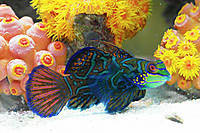
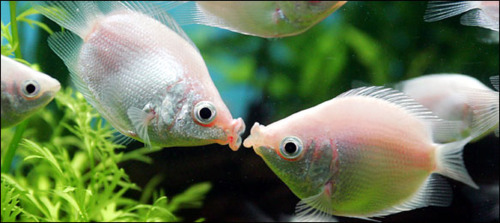
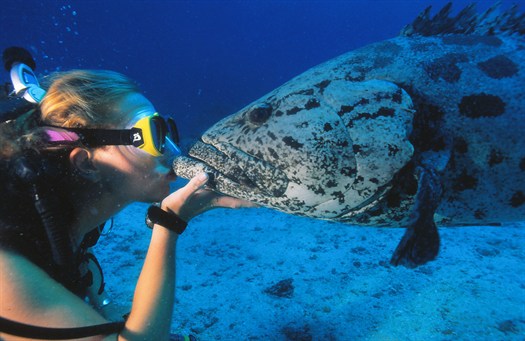
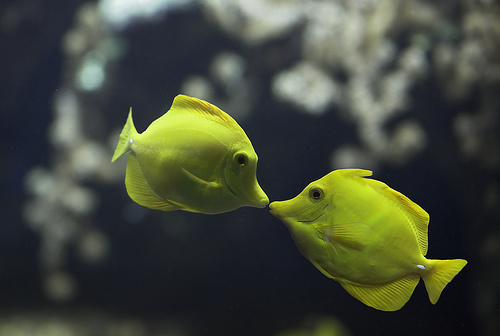
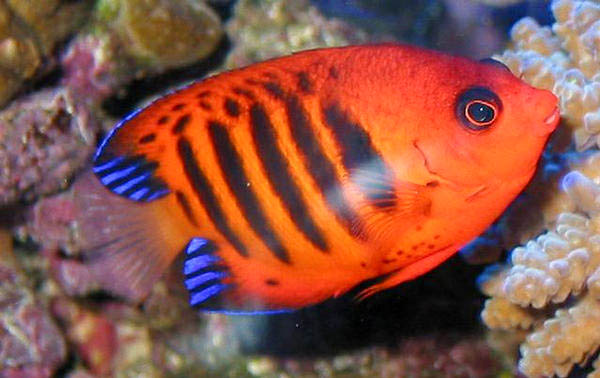
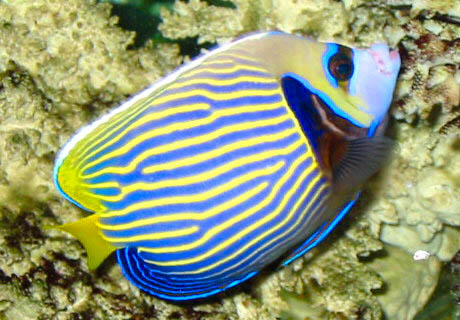
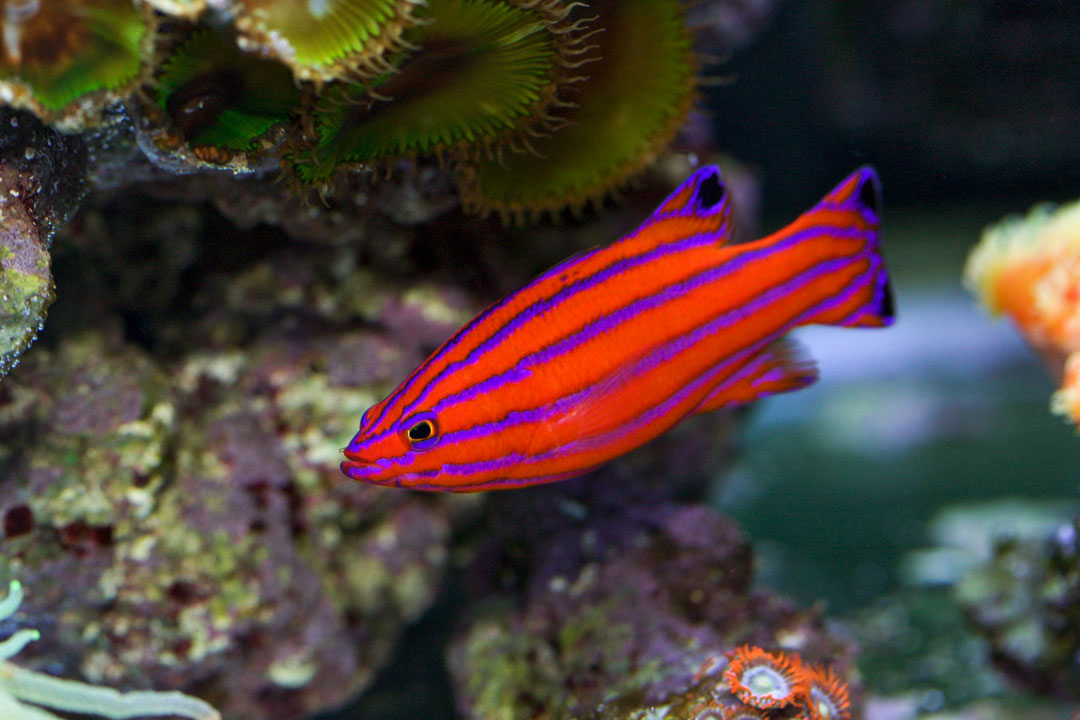
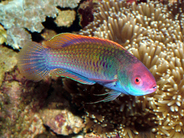
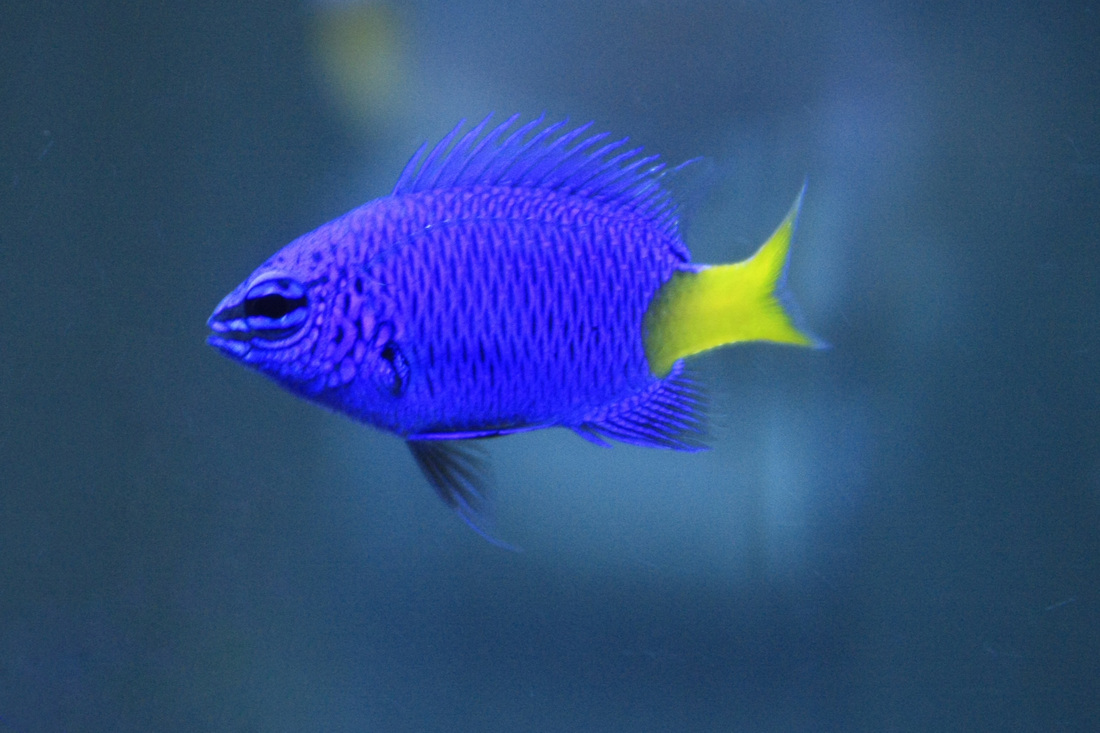
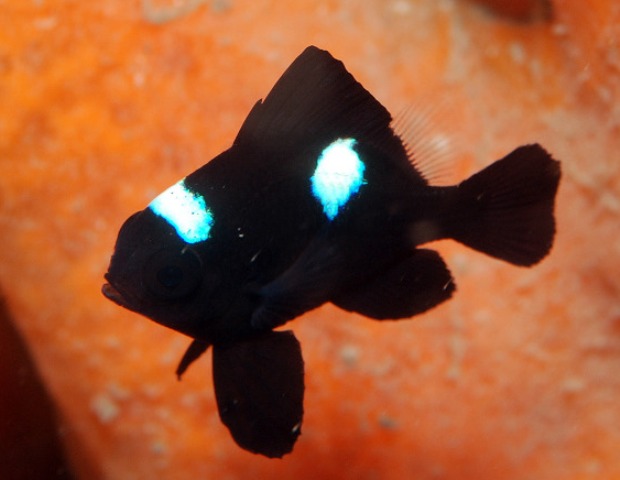
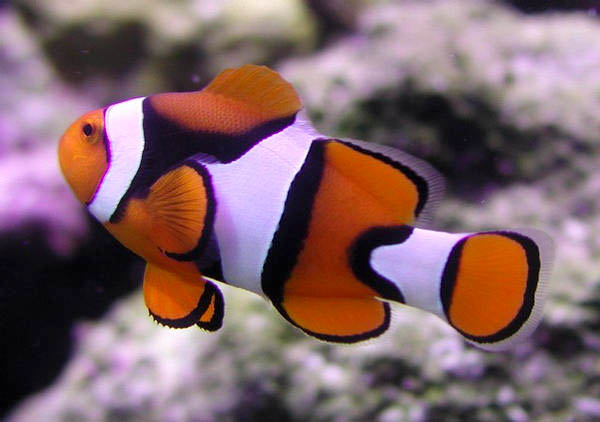


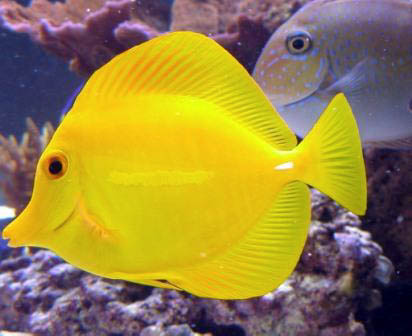
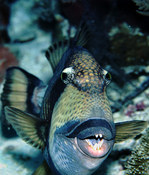

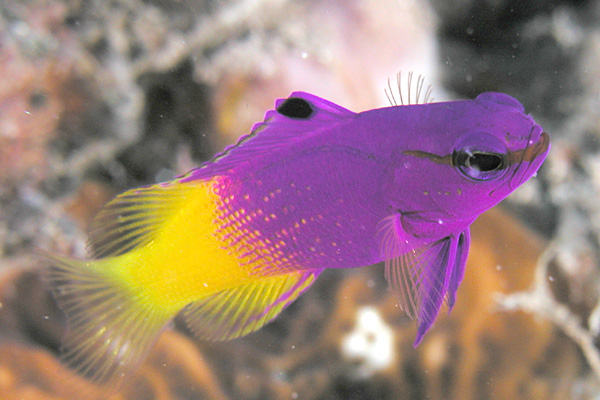
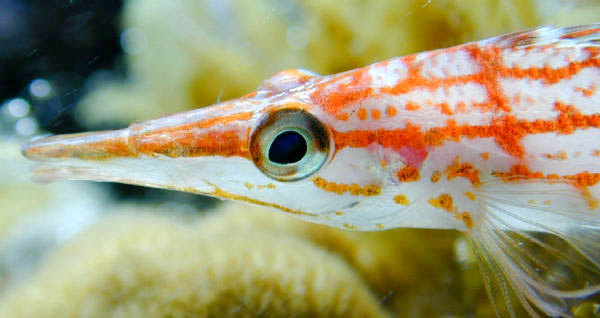
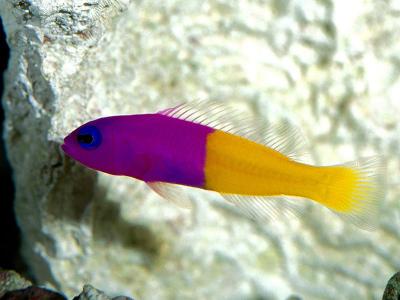
 RSS Feed
RSS Feed
